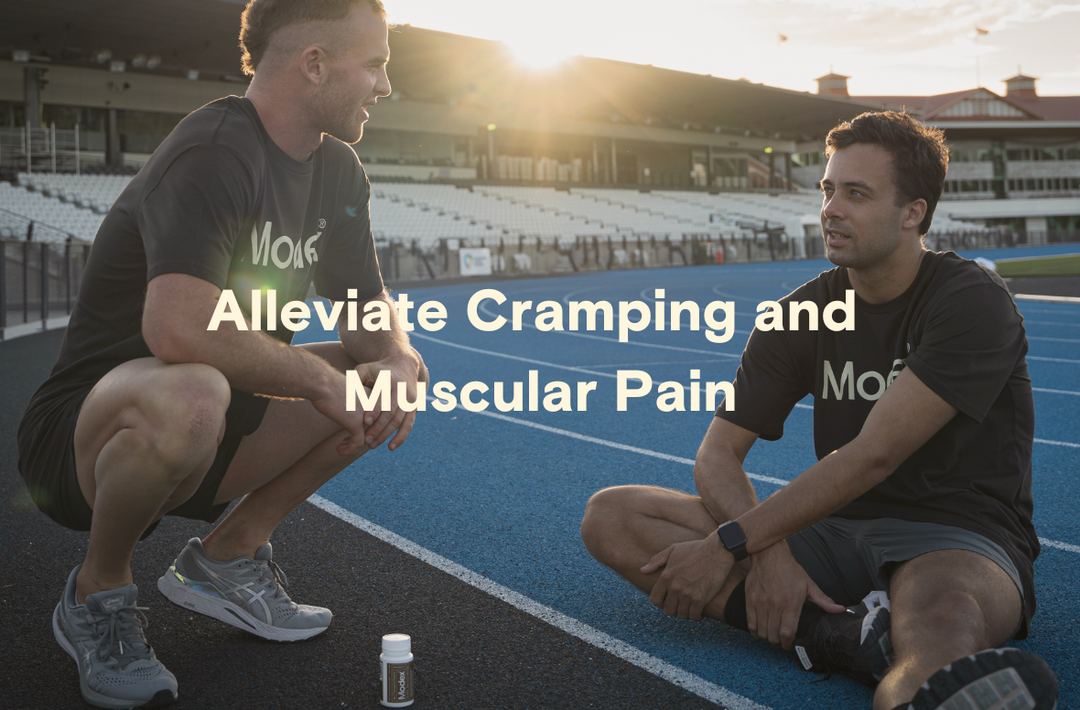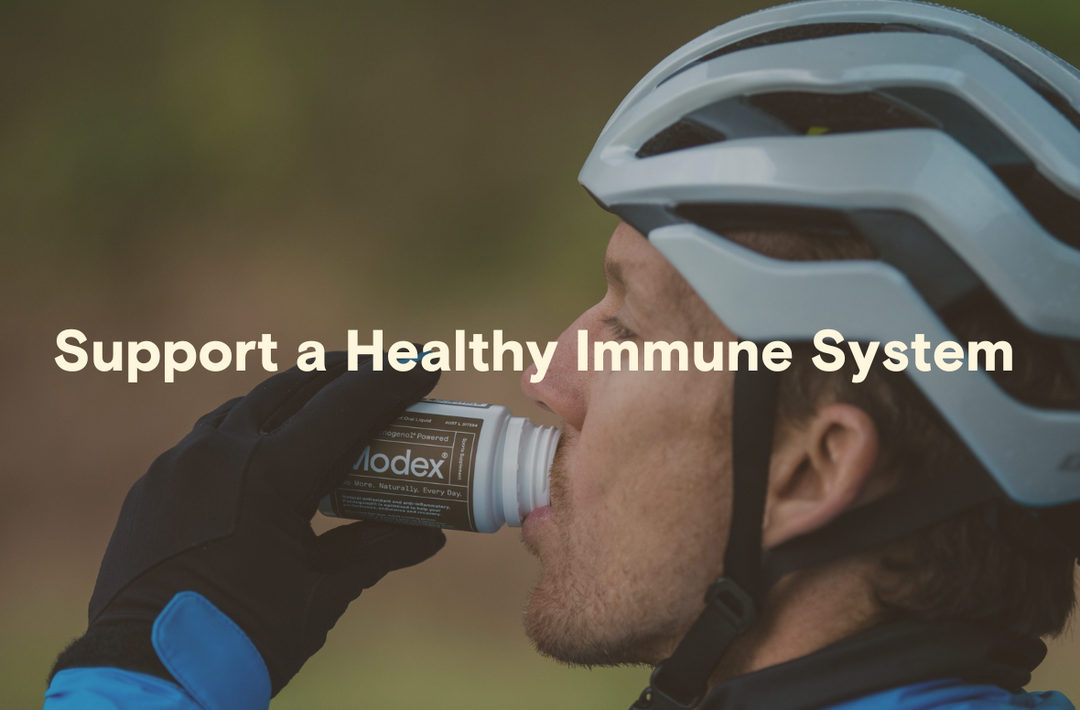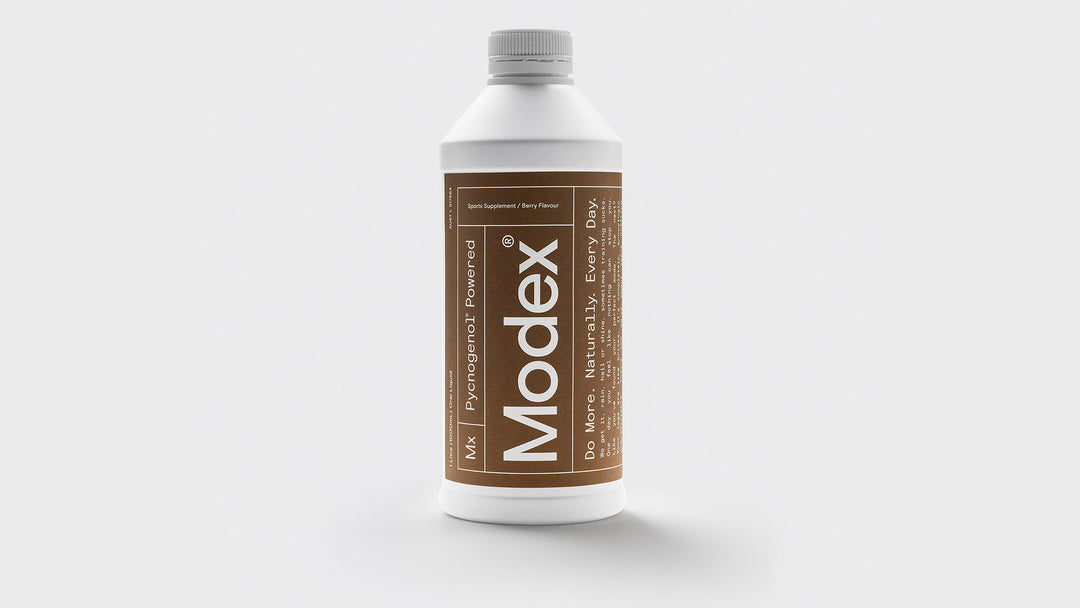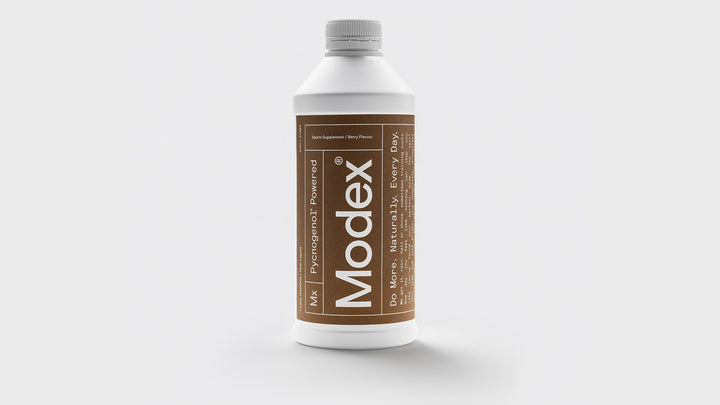Physical exercise goes along with a dramatically increased oxidation of nutrients to meet the shooting up energy demand. Numerous physiological systems and many biochemical interactions are taking place during exercise. Yet, the most significant and performance limiting interplay is taking place between the cardio-respiratory system and skeletal muscle. This is obvious already from the typical 10 to 20-fold increase in inhaled oxygen over rest. The cardio-pulmonary system adjusts in a manner to match oxygen and carbon dioxide transport to the metabolic requirements of muscle tissues [Richardson et al., 1999]. Increased oxygen demands during physical activity result in a rapid compensatory increase in cardiac output and redistribution of blood flow to skeletal muscles. The blood flow characteristics play a key logistic role for oxygen supply to muscle, return of carbon dioxide to the lungs and delivery of lactic acid to the liver. Only sufficient muscle oxygenation warrants aerobic energy generation and prevents anaerobic build-up of lactic acid. The blood flow characteristics play a dominant role for peak muscle performance and integrity.
Pycnogenol® relaxes blood vessels and improves blood flow
Nitric oxide (NO) is the key mediator signaling dilatation of blood vessels to ensure optimal blood flow. NO contributes to increased exercise-induced blood perfusion of organs and plays a key role for coordinating vascular response to exercise. Recent clinical trials have indicated that exercise training is associated with a sustained and systemic increase in the capacity for endothelial nitric oxide production [Gliemann et al., 2014]. Pycnogenol® stimulates the enzyme “endothelial nitric oxide synthase” (eNOS) for enhanced generation of NO from the precursor molecule L-arginine. The effect of Pycnogenol® on endothelium dependent vasodilatation and blood flow was investigated in a study with 16 young healthy volunteers in a double blind, placebo controlled fashion [Nishioka et al., 2007]. Endothelium-dependent forearm artery dilatation and corresponding blood flow increase was initiated by infusion of increasing amounts of neurotransmitter acetylcholine, which stimulates activity of the eNOS enzyme to enhance generation of NO. After two weeks supplementation with Pycnogenol® the endothelium could generate significantly more NO to increase forearm blood flow by up to 46% higher than at baseline. This effect of Pycnogenol® was significant as compared to placebo which did not increase forearm blood flow. Further control experiments using an L-arginine antagonist proved that Pycnogenol® did indeed enhance vasodilatation by stimulation of endothelial NO synthesis.

The result of this study is impressive because it demonstrates enhanced endothelial function in healthy individuals. Thus even healthy people will benefit from supplementing with Pycnogenol®, resulting in better blood flow and tissue perfusion.
Pycnogenol® enhances blood microcirculation
Two clinical studies have shown that Pycnogenol® causes vasodilatation and consequently improves blood microcirculation and therefore tissue perfusion [Wang et al., 1999; Kohama, 2004]. Application of specific sensors to the skin of the legs demonstrated an increased presence of oxygen and decreased carbon dioxide after consumption of Pycnogenol® over a period of six weeks [Belcaro et al., 2005]. This finding suggests that Pycnogenol® improves tissue perfusion supporting lasting aerobic muscle activity during any kind of physical exercise. The enhanced NO synthesis facilitated by Pycnogenol® was shown to also normalize blood pressure as well as blood platelet aggregability which help to keep blood viscosity within healthy physiological range [Hosseini et al., 2001; Pütter et al., 1998]. Pycnogenol® was further shown to improve red blood cell membrane fluidity and prevent oxidative stress-induced hemolysis [Sivonova et al., 2004]. In conclusion, Pycnogenol® will contribute to ameliorated blood flow and oxygenation of muscle.

Pycnogenol® extends antioxidant protection
On a cellular level of muscle tissue, the mitochondria perform at peak levels to meet the excess energy demand. In parallel to the dramatically elevated processing of nutrients with oxygen, the number of free radicals generated as by-products increases accordingly. The oxidative stress has been described to affect muscle tissue and even rupture muscle cells as remnants were detected in the blood stream. Pycnogenol® is one of the most potent antioxidants [Chida et al., 1999] and was demonstrated to increase the oxygen radical absorbance capacity (ORAC) of the blood of humans supplemented with Pycnogenol® by 40% [Devaraj et al., 2002]. Thus, Pycnogenol® will significantly extend the antioxidant network in a performing athlete.
Strengthening of blood vessel and support of tissue recuperation
More than 17 clinical trials have unanimously described a strengthening of capillary walls in response to supplementation with Pycnogenol®. Pycnogenol® was shown to strengthen veins as well as micro-vessels to prevent swellings (edema), micro-bleedings and hemorrhages [Rohdewald, 2002]. Moreover, Pycnogenol® was demonstrated in controlled clinical trials to speed up the healing of harmed tissue [Belcaro et al., 2005]. Thus, Pycnogenol® will significantly support recuperation and may be particularly beneficial for contact sports such as Football, Wrestling, Rugby or Ice Hockey.
Pycnogenol® alleviates cramping and muscular pain
Cramping and painful muscles affect essentially every athlete, and may occur during exercise as well as hours later during the recovery phase. Inadequate conditioning and stretching of the body are commonly understood to cause muscle cramps. Proper hydration with electrolytes potassium and magnesium is known to be important particularly during sports carried out in warm weather. Cramping and painful muscles are increasingly understood to result from blood circulation reaching its limits in supporting the performing muscle with the necessary oxygen, nutrients, hydration and electrolytes. Because Pycnogenol® elevates blood supply to tissues a placebo-controlled clinical study with 66 healthy recreational sports people was carried out to investigate benefits for reducing muscle cramping incidence and muscular pain during and after intensive exercise [Vinciguerra et al., 2006]. The effect of Pycnogenol® was evaluated with subjects daily recording their episodes of cramps and muscular pain at rest and during exercise. The pain level was documented on a visual analogue scale ranging from “total absence of pain” (= 0) to maximum unbearable pain (=10). The baseline values were established during a two-week pre-treatment phase. Over a period of four weeks patients took either Pycnogenol® or placebo and thereafter pain level and cramping episodes were estimated again. One week after patients had stopped taking supplementation the effect on muscles was estimated again to find out whether the benefits of Pycnogenol® lasted or a relapse occurred. Subjects were advised to drink at least 1.5 liters of water each day to exclude that insufficient hydration can be made responsible for muscle cramps. Scores for the severity of cramping pain were lowered significantly in both athletes as well as recreational sports people to 13% and 25% of pre-treatment values, respectively, following 4 weeks treatment with Pycnogenol®. After discontinuation of Pycnogenol® intake for one week a minor and statistically insignificant increase of cramping pain scores was observed. The group healthy recreational subjects experienced a lowered frequency of muscle cramps during exercise and during the recovery phase, which decreased from an average 4.8 incidents per week at baseline to 1.3 after 4 weeks supplementation with Pycnogenol®. The group of athletes showed a higher rate of muscle cramps at trial start with an average of 8.6 episodes a week. The frequency of cramp episodes decreased to average 2.4 a week with Pycnogenol®. After discontinuation of Pycnogenol® supplementation for a week the average cramping frequency in all three groups did not increase again suggesting a lasting effect of Pycnogenol®.
.
.
The researchers conclude that Pycnogenol® is effective for reducing pain and cramps in training and re-training, thus increasing the efficiency of training programs both in normal subjects as well as in competitive athletes.
Pycnogenol® enhances sports endurance
Cramping and painful muscles affect essentially everyone. A possible benefit of Pycnogenol® for sports endurance was investigated by Dr. Paul Pavlovic at the California State University, Chico [Pavlovic, 1999]. Recreational athletes were supplemented with either Pycnogenol® or placebo for 30 days and were then crossed over to the other group for further 30 days (double-blind, placebo-controlled, cross-over study design). Athletes were performing under controlled conditions on a treadmill with individual setting adjusted to 85% of a person’s maximal oxygen consumption to prevent too rapid exhaustion and reduce anaerobic metabolism. Subjects carried head-gears to monitor respiration. The outcome of the study showed a statistical significant increase of endurance of athletes while taking Pycnogenol® as compared to endurance recorded while on placebo.
.

Pycnogenol® improves sport performance, endurance, recovery and oxidative stress
A clinical study showed the ability of Pycnogenol® to improve sport performance in two distinct groups of subjects, normal healthy subjects evaluated by using the Army Physical Fitness Test (APFT) and in athletes training for a 100 minute triathlon. In 74 normal healthy subjects, Pycnogenol® intake for 8 weeks improved performance and endurance in both males and females by decreasing the time to run 2 miles by 11%, by increasing the number of sit-ups (+23%) and push-ups (+12%). The improvement was significantly better compared to a control group. In addition, Pycnogenol® significantly reduced oxidative stress in blood. In 60 athletes training for a triathlon, Pycnogenol® intake for 4 weeks improved performance in reducing the overall triathlon time by 10% and dramatically prevented the increase in oxidative stress due to an intense effort. The athletes reported less posttraining pain and fatigue. In conclusion Pycnogenol® enables faster recovery (Vinciguerra et al., 2013).
.
.
In conclusion, the experience from several clinical trials suggests that Pycnogenol® is effective in protecting muscles from harm during sports, enhancing performance and endurance, speeding up the recovery, and allowing for faster retraining. Supplements such as Pycnogenol® which provide a practical way to meet goals of sports nutrition, are among the most valuable special products available to athletes.
Horphag Research-Geneva, Switzerland I Horphag Research Asia-Shanghai, China I Horphag Research USA-Hoboken NJ, USA I www.pycnogenol.com I ©HORPHAG
.
References
|
Belcaro G et al. Venous ulcers: microcirculatory improvement and faster healing with local use of Pycnogenol®. Angiology 56: 699-705, 2005.
|
|
Chida M et al. In vitro testing of antioxidants and biochemical end-point in bovine retinal tissue. Ophthalmic Res 31: 407-415, 1999.
|
|
|
|
Fitzpatrick DF et al. Endothelium-dependent vascular effects of Pycnogenol®. J Cardiovas Pharmacol 32: 509-515, 1998.
|
|
Kohama T. Clinical applications of Pycnogenol® in Japan. Prog Med 24: 1503-1510, 2004.
|
| Pavlovic P. Improved endurance by use of antioxidants. Eur Bull Drug Res 7(2): 26-29, 1999. |
|
Rohdewald P. A review of the French maritime pine bark extract (Pycnogenol®), a herbal medication with a diverse pharmacology. Int J Clin Pharmacol Ther 40: 158-168, 2002.
|
|
Sivonova M et al. The effect of Pycnogenol® on the erythrocyte membrane fluidity. Gen Physiol Biophys 23: 39-51, 2004.
|
|
Vinciguerra G et al. Cramps and muscular pain: prevention with Pycnogenol® in normal subjects, venous patients, athletes, claudicants and in diabetic microangiopathy. Angiology 57: 331-339, 2006.
|
|
Wang S et al. The effect of Pycnogenol® on the microcirculation, platelet function and ischemic myocardium in patients with coronary artery diseases. Eur Bull Drug Res 7(2): 19-25, 1999.
|
|
Gliemann L, Nyberg M, Hellsten Y. Nitric oxide and reactive oxygen species in limb vascular function: what is the effect of physical activity? Free Radic Res. 2014 Jan;48(1):71-83. doi: 10.3109/10715762.2013.835045. Epub 2013 Oct 7.
|
|
Nishioka K, Hidaka T, Takemoto H, Nakamura S, Umemura T, Jitsuiki D, Soga J, Goto C, Chayama K, Yoshizumi M, Higashi Y. Pycnogenol®, French maritime pine bark extract, augments endothelium-dependent vasodilation in humans. Hypertens Res 30: 775-780, 2007.
|
|
Vinciguerra, G., G. Belcaro, E. Bonanni, M. R. Cesarone, V. Rotondi, A. Ledda, M. Hosoi, M. Dugall, M. Cacchio and U. Cornelli (2013). “Evaluation of the effects of supplementation with Pycnogenol® on fitness in normal subjects with the Army Physical Fitness Test and in performances of athletes in the 100-minute triathlon.” J Sports Med Phys Fitness 53(6): 644-654.
|
























Leave a comment